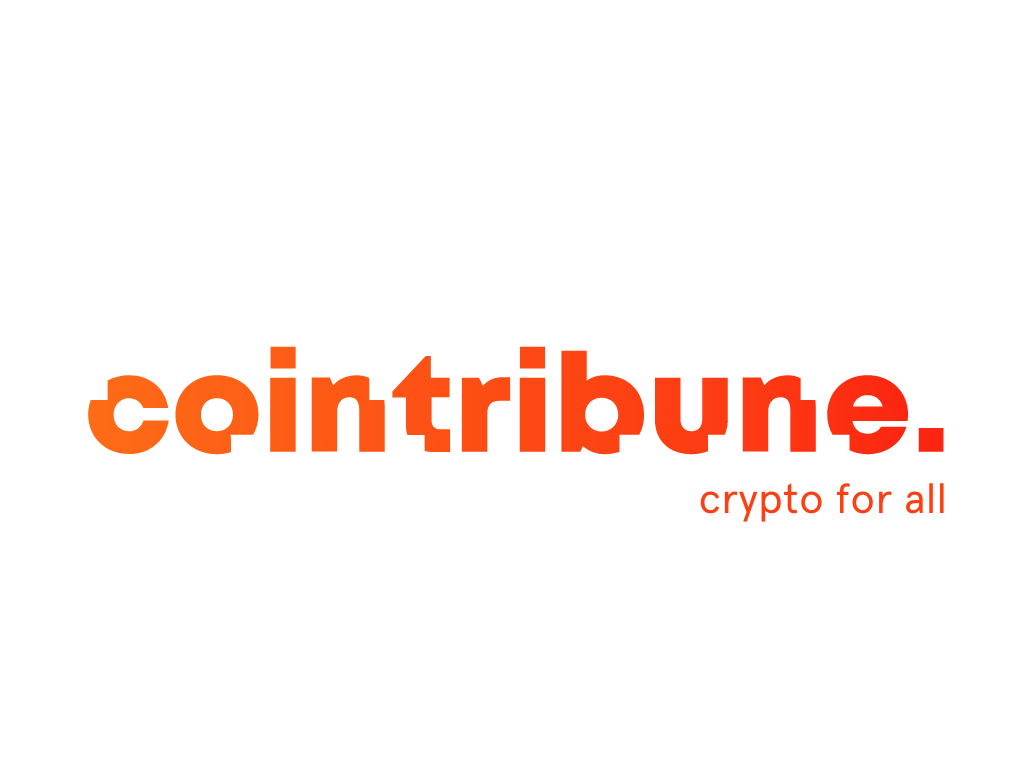Bitcoin and Starkware: A technological revolution in progress
0
0
Bitcoin, the first and most well-known cryptocurrency, is on the verge of undergoing a major transformation. Starkware, a pioneer company in zero-knowledge systems, has recently announced its intention to use its innovative technology to improve Bitcoin’s scalability. This initiative promises to revolutionize the Bitcoin protocol and open up new possibilities for developers and users. Let’s explore this technological revolution and its implications for the future of Bitcoin.

The First Steps of Innovation
Starkware is no newcomer in the cryptocurrency field. Historically active in the Ethereum ecosystem, Starkware has now turned its attention to Bitcoin. Their STARK technology, based on zero-knowledge proofs, could transform the way Bitcoin is used and developed.
Starkware’s STARK technology allows for transaction verification without revealing underlying details, thus offering increased privacy and security.
By using OP_CAT, a soft fork proposal, Starkware plans to integrate this technology into Bitcoin, enabling native verification of zero-knowledge proofs.
This integration opens up an entirely new design space for developers.
The potential applications are vast, ranging from creating more secure smart contracts to more private and efficient transactions. Starkware’s proposal could mark a turning point in Bitcoin’s technological evolution.
The Technological Arms Race
The idea of using zero-knowledge proofs to improve Bitcoin is not new. For years, developers have been exploring the applications of this technology for the Bitcoin network. Starkware, with its expertise and innovations, brings a new perspective to this technological race.
Since the first discussions in 2013, interest in zero-knowledge proofs has continued to grow.
Renowned researchers and developers have contributed to this evolution, publishing research and proposals to integrate these technologies into Bitcoin. Today, Starkware positions itself as a leader in this race, with practical and innovative solutions.
However, the road to widespread adoption is not without obstacles. Zero-knowledge proofs remain costly in terms of computation and resources.
Despite rapid progress, technical challenges remain, requiring significant investments in research and development to overcome these obstacles.
The Impact of ZK-Rollups on Bitcoin
ZK-Rollups, or zero-knowledge rollups, are at the heart of Starkware’s initiative. These mechanisms allow for increased transaction processing capacity by bundling multiple transactions into a single verifiable proof.
ZK-Rollups offer a promising solution for improving Bitcoin’s scalability. By reducing the resource requirements for verifying transactions, they allow for processing a greater number of transactions more efficiently and securely.
However, current implementations on Ethereum show that challenges remain. The reliance on central operators for proof generation and ordering raises questions about security and decentralization. Starkware will need to overcome these limitations to offer a fully decentralized and reliable solution.
Bitcoin and Starkware are on the brink of a technological revolution. By integrating zero-knowledge proofs, Starkware could transform Bitcoin’s scalability, privacy, and security. However, this transformation is not without challenges. The developer community and researchers will need to work together to overcome the technical obstacles and realize the full potential of this innovation.
The future of Bitcoin looks exciting, with technologies like Starkware’s opening up new possibilities. Meanwhile, Vitalik Buterin raises an alarm against memecoins.
0
0









